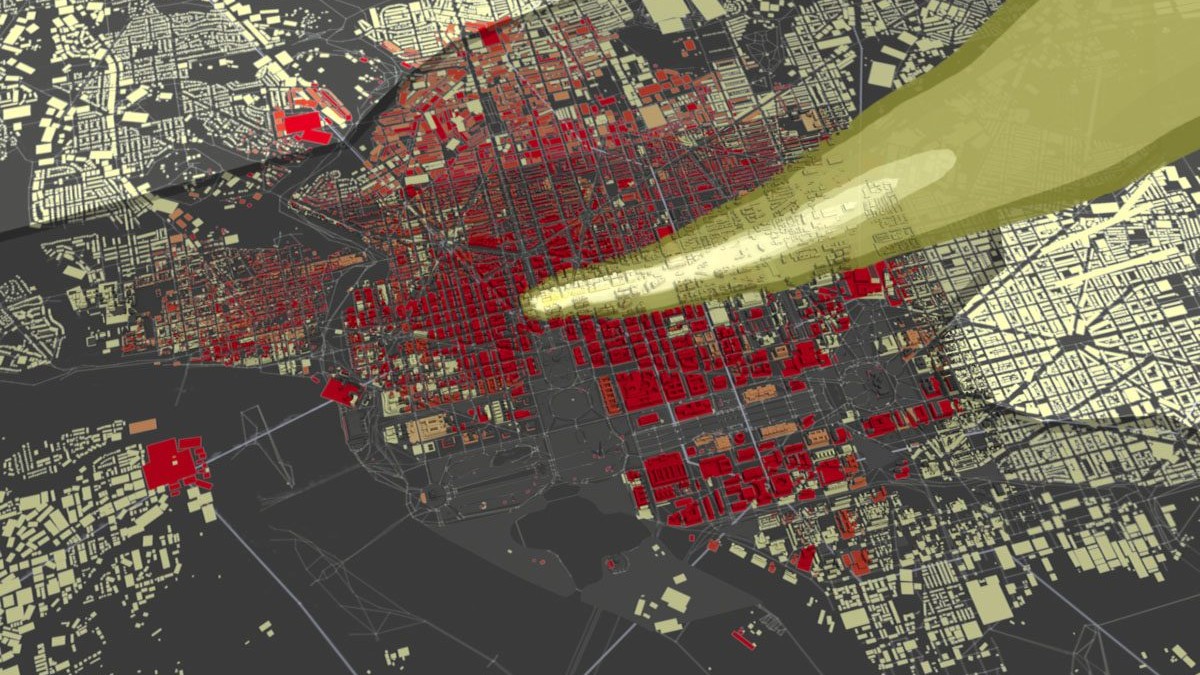Smartphone Data Predicts How Survivors Would Respond to Nuke Attack on DC

It’s a nightmare scenario—a nuclear strike on a populated area. Unfortunately, the threat of such an attack seems more tangible lately, as nuclear powers openly sabre-rattle, missile alerts are mistakenly sent to huge populations, and the Doomsday clock ticks ominously closer to midnight.
While one hopes that these escalating tensions never spill over into nuclear warfare, scientists at the Biocomplexity Institute of Virginia Tech are figuring out the best disaster response in case they do. Under the direction of the US Defense Threat Reduction Agency, a subgroup of the Department of Defense, the institute has developed a computational framework called the Comprehensive National Incident Management System (CNIMS) to simulate catastrophes.
Of course, these models are grim—hundreds of thousands of fatalities are projected in CNIMS simulations of a nuclear strike on K Street in Washington DC. But the data is essential to optimize the best emergency strategies to help survivors, which are represented in the models as a “synthetic population.” (The yellow cloud below represents radiation flow from the blast).
represents radiation flow from the blast).
Like some hyper-accurate version of a Sims world, these models are generated from traditional demographic sources, like census records, in addition to much newer and flashier data sourced from social media and mobile communication. Indeed, in recent years, scientists have increasingly relied on smartphones as “behavioral data-collection tools,” according to a 2016 study in Perspectives on Psychological Science.



